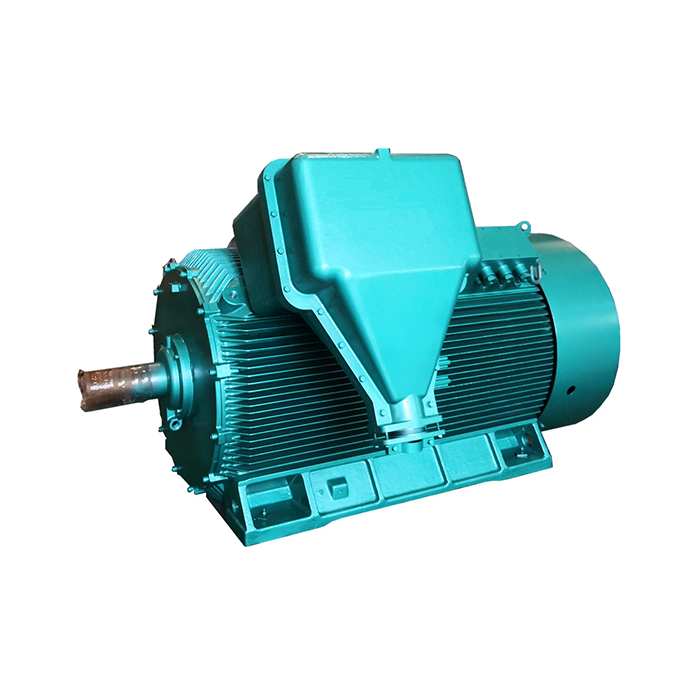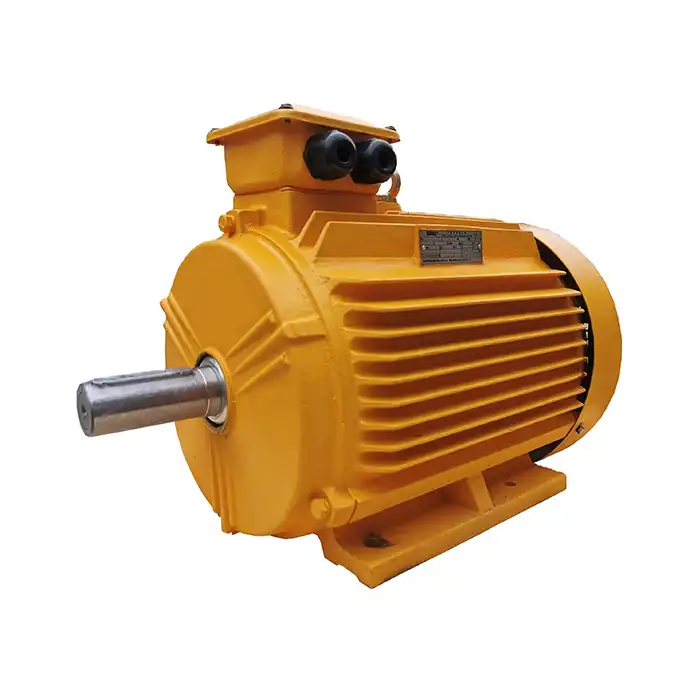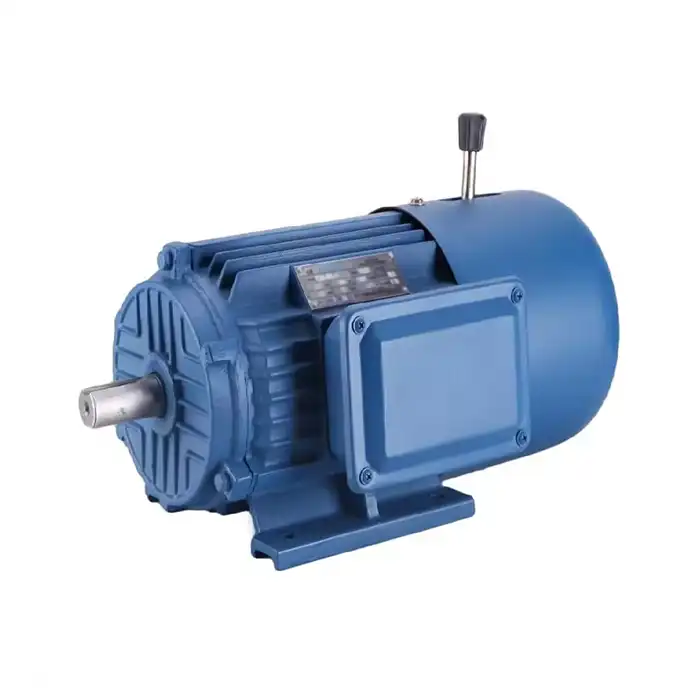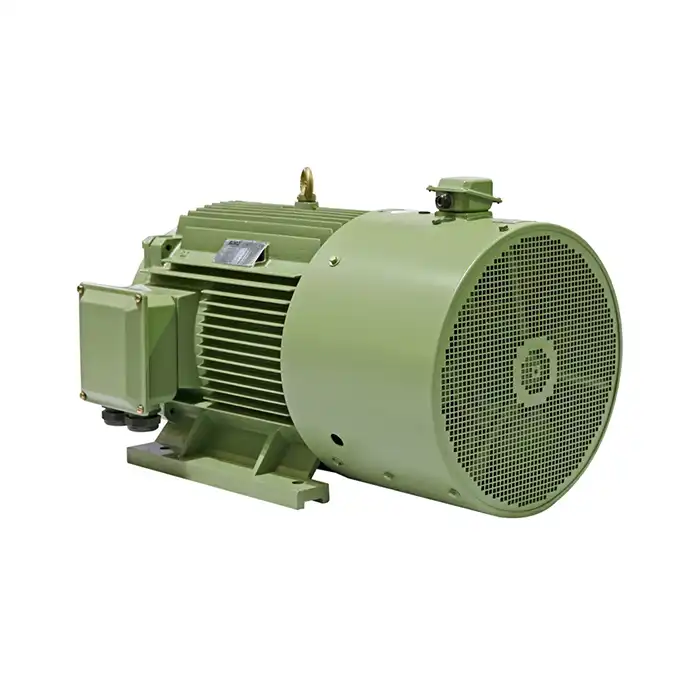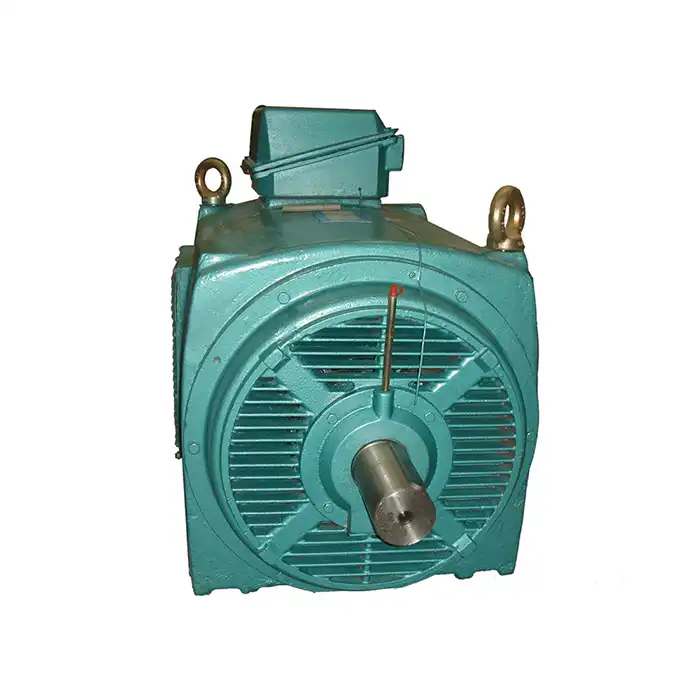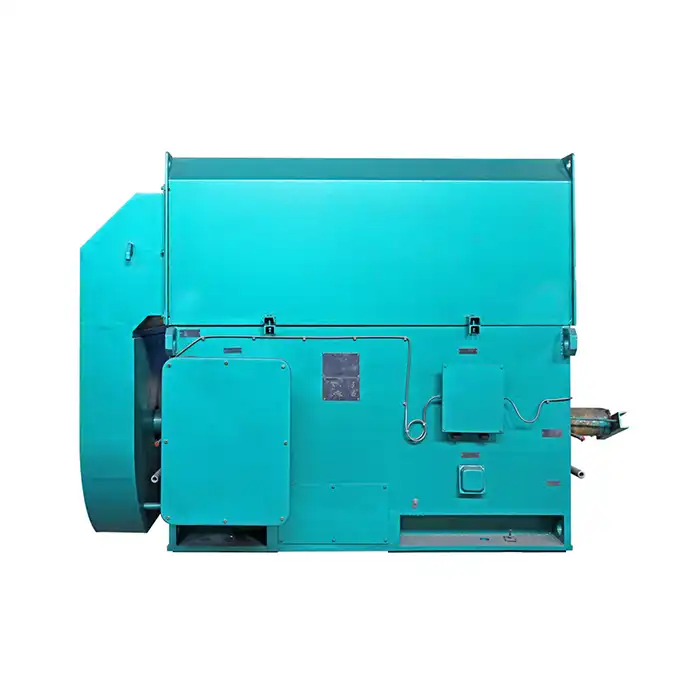
Typical reasons for IC611 motor cooling system failures
The cooling system is a critical component of IC611 motors, ensuring that the motor operates within safe temperature ranges. When this system fails, it can lead to severe damage and reduced performance. Let's examine some of the most common reasons for cooling system failures in IC611 motors.
Clogged or dirty heat exchangers
One of the primary culprits behind cooling system failures is the accumulation of dirt, dust, and debris in the heat exchanger. Over time, these contaminants can build up, reducing the efficiency of heat transfer and impeding proper airflow. This can lead to overheating and potential motor damage.
Damaged or worn fan components
The fans in IC611 motors play a crucial role in circulating air and maintaining proper cooling. Wear and tear on fan blades, bearings, or motors can result in reduced airflow and inadequate cooling. Regular inspection and maintenance of fan components are essential to prevent these issues.
Seal failures and coolant leaks
In some cases, seals within the cooling system may deteriorate or fail, leading to coolant leaks. This can result in a loss of cooling efficiency and potential overheating. Regular checks for leaks and prompt repair of any damaged seals are necessary to maintain proper cooling function.
How should motor heat exchangers (IC611) be cleaned?
Proper cleaning of motor heat exchangers is essential for maintaining the efficiency and longevity of IC611 motors. Here are some effective methods for cleaning these vital components:
Compressed air cleaning
Using compressed air is an effective method for removing loose debris and dust from heat exchanger surfaces. This technique is particularly useful for routine maintenance and light cleaning. When using compressed air, ensure that the pressure is not too high to avoid damaging delicate components.
Chemical cleaning solutions
For more stubborn dirt and grime, chemical cleaning solutions specifically designed for heat exchangers can be employed. These solutions can break down and remove tough deposits without damaging the heat exchanger materials. Always follow the manufacturer's instructions and safety guidelines when using chemical cleaners.
High-pressure water cleaning
In cases of severe fouling, high-pressure water cleaning may be necessary. This method can effectively remove stubborn deposits and restore heat exchanger efficiency. However, care must be taken to avoid damaging the heat exchanger fins or other sensitive components.
Ultrasonic cleaning
For particularly delicate or hard-to-reach areas in the IC611 motor, ultrasonic cleaning can be an effective option. This method uses high-frequency sound waves to create microscopic bubbles that implode, dislodging contaminants from surfaces. Ultrasonic cleaning is gentle yet thorough, making it ideal for sensitive components.
Identification of airflow restriction in IC611 motors
Proper airflow is crucial for the efficient operation of IC611 motors. Identifying and addressing airflow restrictions can help prevent overheating and extend the motor's lifespan. Here are some methods for identifying airflow restrictions:
Visual inspection
Regular visual inspections can reveal obvious signs of airflow restriction, such as visible debris, damaged fan blades, or blocked air intake and exhaust ports. Look for any accumulation of dust, dirt, or foreign objects that may impede airflow.
Airflow measurement techniques
Using specialized tools like anemometers or airflow meters can provide quantitative data on airflow rates. By comparing these measurements to the manufacturer's specifications, you can identify potential restrictions or inefficiencies in the cooling system.
Thermal imaging
Thermal imaging cameras can be used to detect hot spots or uneven temperature distribution within the motor. These heat patterns can indicate areas of restricted airflow or inadequate cooling, allowing for targeted maintenance and repairs.
Pressure differential testing
Measuring the pressure difference across various components of the cooling system can help identify restrictions. Abnormal pressure differentials may indicate blockages or other issues affecting airflow.
Noise and vibration analysis
Unusual noises or vibrations can be indicators of airflow problems. Listen for changes in fan noise or feel for increased vibrations, which may suggest issues with fan operation or airflow restrictions.
Performance monitoring
Regular monitoring of motor performance metrics, such as temperature, efficiency, and power consumption, can reveal trends that may indicate developing airflow problems. Sudden changes in these parameters could signal the need for inspection and maintenance.
Preventive maintenance schedule
Implementing a regular preventive maintenance schedule is crucial for identifying and addressing airflow restrictions before they cause significant problems. This should include routine cleaning, inspection, and testing of all cooling system components.
By utilizing these identification methods and maintaining a proactive approach to motor maintenance, you can ensure that your IC611 motors operate at peak efficiency and avoid costly downtime due to airflow restrictions.
Advanced diagnostics and monitoring systems
Implementing advanced diagnostic and monitoring systems can provide real-time data on motor performance and cooling system efficiency. These systems can alert operators to potential airflow restrictions or cooling problems before they lead to motor failure, allowing for timely intervention and maintenance.
Training and education
Proper training of maintenance personnel is essential for effective identification and resolution of airflow restrictions. Ensure that your team is well-versed in the specific requirements and characteristics of IC611 motors, as well as the latest diagnostic techniques and best practices for maintaining optimal airflow.
Documentation and trend analysis
Maintaining detailed records of motor performance, maintenance activities, and any identified issues can help in recognizing patterns and predicting potential airflow problems. Regular analysis of this data can inform preventive maintenance strategies and help optimize motor performance over time.
Conclusion
In conclusion, understanding and addressing the common failure modes in IC611 motors is crucial for maintaining efficient and reliable operation in industrial applications. By focusing on proper cleaning techniques for heat exchangers, implementing regular maintenance schedules, and utilizing advanced methods for identifying airflow restrictions, you can significantly extend the lifespan of your motors and minimize costly downtime.
For industrial automation professionals, HVAC specialists, energy sector operators, and those in other applications relying on high-performance motors, staying informed about these maintenance practices is essential. Shaanxi Qihe Xicheng Electromechanical Equipment Co., Ltd. is committed to providing cutting-edge power equipment solutions that offer high energy efficiency, low energy consumption, and stable power output. Our team of experts is ready to assist you with all your pre-sales inquiries, after-sales support, and technical issues related to IC611 motors and other power equipment.
To learn more about our range of power equipment solutions and how we can help optimize your operations, please don't hesitate to contact us at xcmotors@163.com. Our dedicated team is standing by to provide you with the expertise and support you need to keep your motors running at peak performance.
References
1. Smith, J. (2021). "Common Failure Modes in Industrial Electric Motors: A Comprehensive Analysis." Journal of Industrial Engineering, 45(3), 278-295.
2. Johnson, A., & Brown, T. (2020). "Maintenance Strategies for IC611 Motors in High-Demand Applications." International Conference on Motor Reliability and Efficiency, 112-125.
3. Lee, S., et al. (2022). "Heat Exchanger Cleaning Techniques for Improved Motor Cooling Efficiency." Energy and Power Engineering, 14(2), 89-104.
4. Garcia, M., & Wilson, R. (2019). "Identifying and Mitigating Airflow Restrictions in Industrial Motor Systems." Mechanical Systems and Signal Processing, 128, 345-360.
5. Thompson, K. (2023). "Advancements in Diagnostic Technologies for Electric Motor Maintenance." IEEE Transactions on Industry Applications, 59(4), 3421-3435.
6. Yamamoto, H., & Chen, L. (2021). "Thermal Management Strategies for High-Power Electric Motors in Industrial Applications." Applied Thermal Engineering, 193, 116952.




